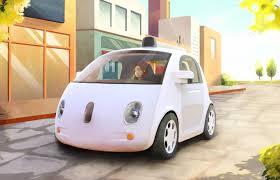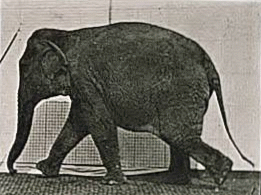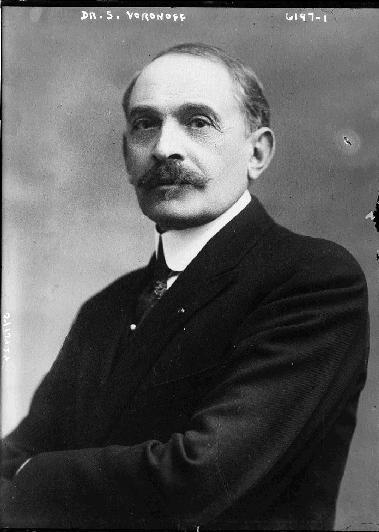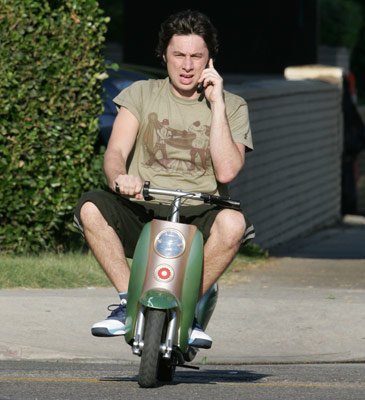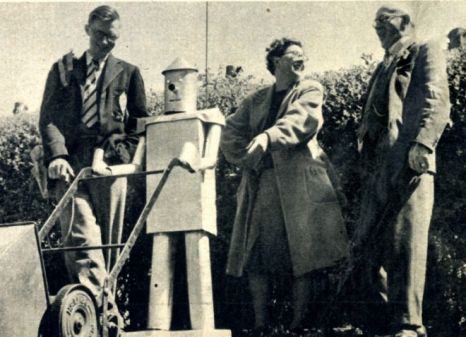
Wired co-founder and techno-optimist Kevin Kelly can speak of the future in bold terms but still sound reasonable, which makes him a rarity in the field of futurists. Perhaps that’s why his AMAs are always so interesting. A few exchanges from his latest one at Reddit.
____________________________________
Question:
What are your thoughts on increased automation eventually putting people out of jobs? It seems like a pretty negative subject so I’d love to hear a positive spin on it!
Kevin Kelly:
Robots and AI will help us create more jobs for humans — if we want them. And one of those jobs for us will be to keep inventing new jobs for the AIs and robots to take from us. We think of a new job we want, we do it for a while, then we teach robots how to do it. Then we make up something else.
Question:
That’s interesting. Is this a pattern you observed in the past?
Kevin Kelly:
Sure. We invented machines to take x-rays, then we invented x-ray diagnostic technicians which farmers 200 years ago would have not believed could be a job, and now we are giving those jobs to robot AIs.
____________________________________
Question:
If automation rendered most of the “bread and butter” work that you currently do obsolete, to the point you only need an hour or so a day to do all the things, what would you do with your sudden excess of spare time?
Kevin Kelly:
I would read more books. I would make more photographs. I would write more stuff that only I cared about. Mostly I would try and do more things that I felt only I could do. That takes a lot of messing around and wasting of time to discover.
____________________________________
Question:
What’s the future of the city? Are we going to continue upgrading our current megalopolises or will we construct new ones based on Arcological designs? If so, how will they look like and when do you think we’ll start seeing them?
Kevin Kelly:
I doubt it. My prediction is that the rough shape and texture of a city in 100 years from now, or even 200, will roughly be similar to now. What will be different are the communications and relationships in that city.
____________________________________
Question:
What near term (5-10 year horizon) technology are you most excited about and foresee having a big impact on people’s lives?
Kevin Kelly:
I think commercial, cheap, ubiquitous, boring AI delivered as a utility service (like web hosting) will be the defining disruptive technology in the near future. The more I hear about recent improvements, the more I feel we are near a 20 year run of constant and meaningful results. Most of the consequences are not going to be Her, but invisible benefits.
____________________________________
Question:
What do you think of Dr. Nick Bostrom’s work in Existential Risk Reduction at the Future of Humanity Institute? Should it be global priority as his paper states?
Kevin Kelly:
I think it is worth some attention, but I think other existential risks such as an asteroid impact or drastic climate change are worth more energy.
____________________________________
Question:
What do you think will happen first, intelligent live elsewhere will contact us or we will contact intelligent life elsewhere?
Kevin Kelly:
Neither. First we will make artificial aliens by making AIs on Earth. These other minds that will think differently than us, and may be conscious differently than us, and they will offer some (but by no means all) of the same benefits of contacting an ET.
____________________________________
Question:
Do you believe the Singularity is coming? What do you say to those who maintain it’s simply a techie version of the Rapture, i.e. an apocalypse beyond which we no longer have to think about?
Kevin Kelly:
I don’t believe in the Strong/Hard version of the Singularity: AIs that self-create into a god-like power that can give us immortality. I do believe in the Weak/Soft version that humanity and machines merge into something that we can’t see or understand right now.
____________________________________
Question:
What’s the best drug experience you have had?
Kevin Kelly:
I really only have had one “drug” experience. I was a non drug taking hippie. On my 50th birthday I took LSD for the first and only time. I saw God. Have not done any since.•

